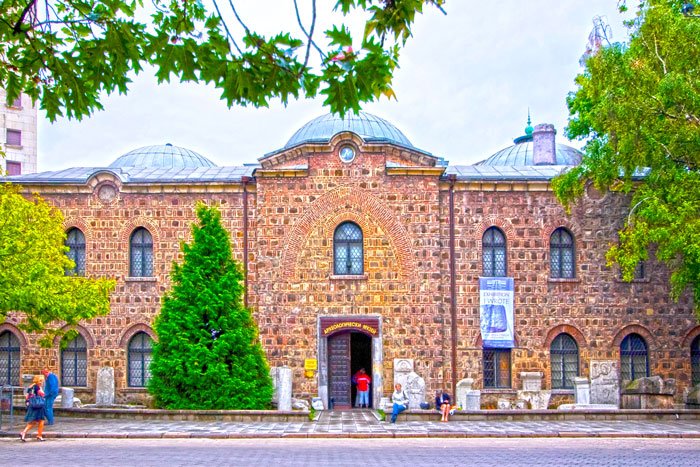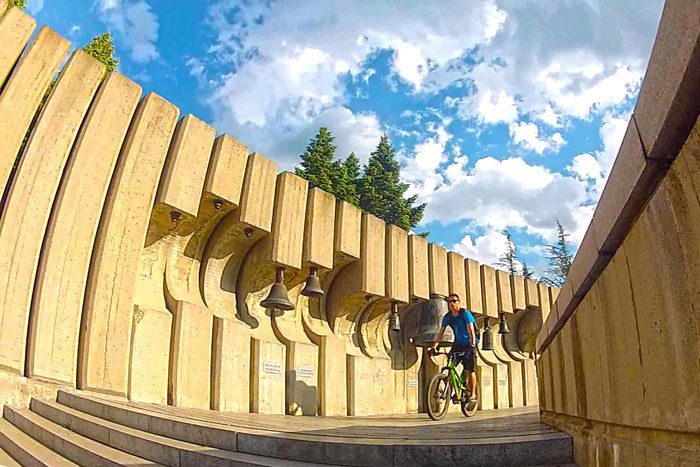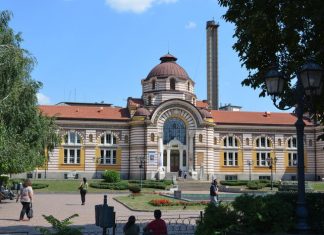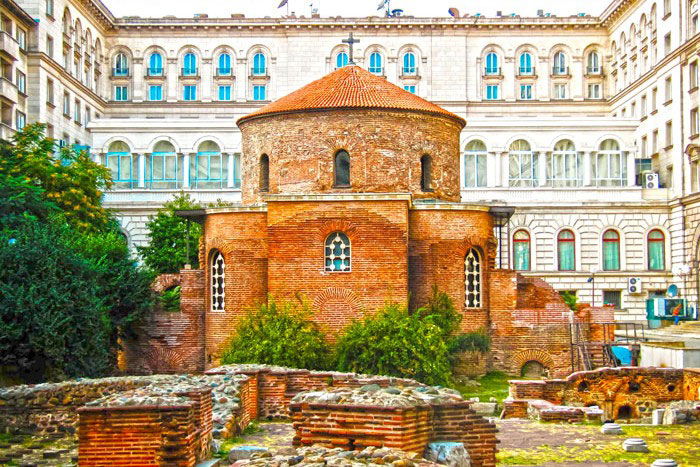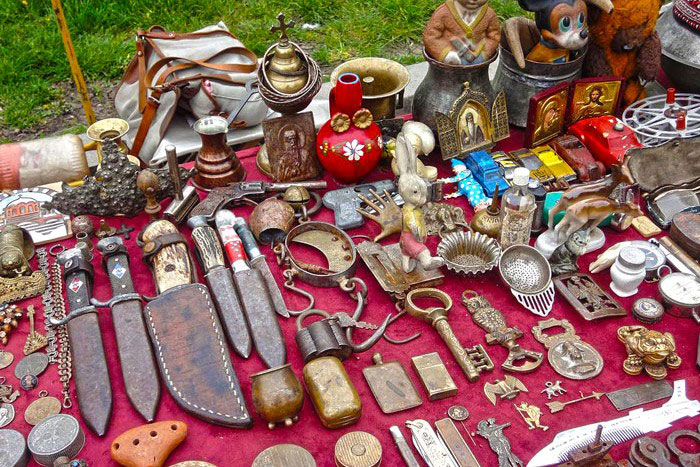Discover Bulgaria’s Cultural Heritage with a Daily Tour Sofia
Bulgaria is rich in culture and history. You can see its past through monuments, museums, and ancient architecture across the country.
If you are in Sofia and want to learn more, a visit to the National Archaeological Museum is a great idea.
This place is often the first stop on our Sofia day tours. It tells the story of Bulgaria through artifacts from thousands of years ago.
The museum building is special too. It was once a grand Ottoman mosque called Buyuk Camii, built in 1474 by order of Sultan Mehmed II.
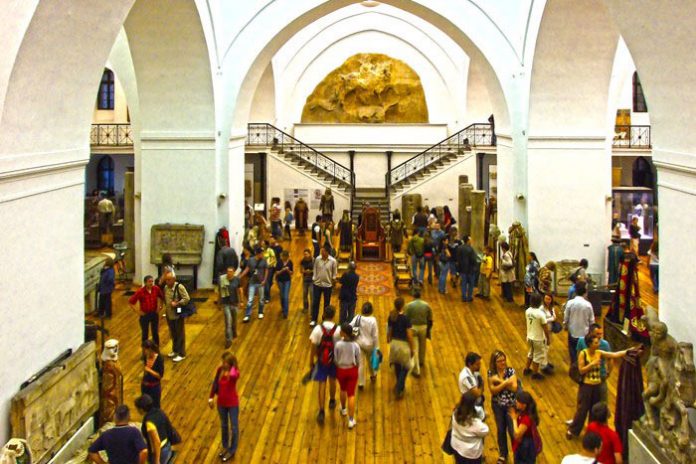
A Museum in a Mosque – A Walk Through Time
The National Archaeological Museum officially opened in 1905. Prince Ferdinand I ordered all archaeological items to be kept here.
The items were collected and moved under the supervision of Minister Ivan Shishmanov. Since then, the collection has continued to grow.
Despite some summer humidity, the museum space is ideal. Its white walls and nine domes create a bright and airy setting.
Each exhibit is displayed beautifully and lets visitors feel connected to history during their daily tour Sofia.
Over time, archaeological digs after World War II added more rare items to the collection. These came from prehistoric caves, ancient tombs, and medieval ruins.
You can learn more and contact us for guided access to the museum.
Highlights of Your Daily Tour Sofia Inside the Museum
The Prehistory Hall is located in the northern part of the first floor. It features tools and art from 1,600,000 BC to 1,600 BC.
You can see drawings, pottery, and ritual objects from early human settlements in caves.
In the eastern wing, you’ll find treasures from the late Bronze Age to late Antiquity. Two famous collections stand out here.
These are the Valchitran Treasure and the Lukovit Treasure—both key highlights of Sofia day tours.
You will also see artifacts from the Thracian civilization, including their golden ornaments, armor, and religious objects.
The Madara Horseman and Medieval Bulgaria
The main entrance holds a full-size replica of the Madara Horseman—one of the most impressive sights in the museum.
This rock carving is 23 meters high and was made in the early Middle Ages. It is now part of UNESCO’s World Heritage list.
The second floor of the museum contains a hall with Bulgarian medieval paintings. These include rare religious frescoes and iconography.
Art lovers and history fans on our daily tour Sofia find this hall unforgettable.
The exhibits help explain Bulgaria’s spiritual and cultural life during the Middle Ages.
Explore the Best of History with Our Daily Tours
The National Archaeological Museum is more than a place—it’s a journey into Bulgaria’s deep and diverse history.
With our expert guides, you’ll explore each section in a clear and easy-to-understand way. We make learning fun and meaningful.
Book a daily tour Sofia with us and enjoy a curated visit to this special museum.
You can combine this with other exciting stops like ancient Roman ruins, old churches, or even include guided tour Istanbul and private Ephesus tours during your trip.
Each of our tours is made to give you the best experience of the places we love.
Book Your Cultural Sofia Day Tour Today
Interested in culture and history? Want to explore Bulgaria’s past in just one day?
We’ve got you covered. Contact us to plan your perfect cultural walk.
We offer small group tours, private visits, and flexible times. Our team ensures your daily tour Sofia is smooth, fun, and full of learning.
Join us and experience Bulgaria’s heritage through the treasures of the National Archaeological Museum.

